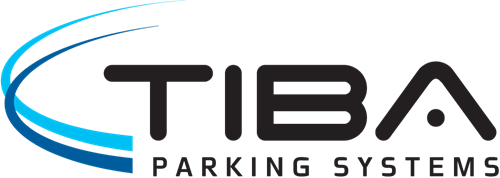Recent Events in Naples Highlight the Importance of Transparent Parking Operations

News out of Naples has brought a serious parking issue to the forefront: Italian authorities have dismantled a massive illegal parking operation run by organized crime groups. The Camorra mafia clans had established a lucrative and coercive racket that controlled street parking across parts of the city—generating over €100 million annually through extortion and fear.
While shocking, this development is not entirely new in parts of Southern Europe, where informal and illegal parking practices have been hard to eliminate. For parking professionals, this event serves as a sobering reminder of what can happen when legitimate infrastructure, technology, and enforcement are lacking.
What Happened in Naples?
According to Italian police, 24 individuals connected to the Camorra were arrested for running an underground system where so-called "lookouts" and enforcers would charge drives to park on public streets. These payments were not optional—drivers who refused were reportedly threatened, harassed, or had their cars vandalized. The scheme operated openly in some cases, with criminal actors posing as unofficial “attendants” who enforced a mafia-imposed tariff on public spaces.
This wasn’t just a few bad actors—it was a structured, multi-million-euro enterprise operating with mafia-level organization. And it filled a vacuum where legitimate control and oversight had failed.
What Can the Parking Industry Learn?
The Naples case may seem like an outlier, but it holds key lessons for parking operators, municipalities, and technology providers worldwide:
The Importance of Transparency and Traceability
Digital payment systems and license plate recognition (LPR) technologies are crucial for keeping parking operations transparent and traceable. When drivers are forced to rely on cash-based, informal parking "services," it creates opportunities for fraud, corruption, and criminal control. By implementing systems that generate digital receipts and link payment to license plates, cities can build trust and create an auditable trail.
Stronger Enforcement = Safer Parking
The success of illegal schemes often depends on the absence of consistent enforcement. Investment in real-time monitoring, ANPR cameras, and centralized management software can dramatically reduce the chances of unauthorized actors infiltrating the parking ecosystem. Just as importantly, there needs to be collaboration between parking authorities and law enforcement to act swiftly when illicit activity is detected.
Public Awareness and Education
Drivers in Naples paid the mafia not because they wanted to—but because they didn’t feel they had an alternative. It’s essential that parking operators not only offer safe, legal parking options but also communicate those options effectively. Public trust is strengthened when drivers clearly understand where they can park, how to pay, and what protections are in place.
Future-Proofing with Smart Infrastructure
This case is also a wake-up call for cities and private operators to invest in smart, resilient parking infrastructure. The use of sensors, dynamic pricing, and digital platforms can help deter bad actors by reducing the "gaps" where illegal behavior can take root. A well-managed, data-driven parking system leaves little room for criminal interference.
Conclusion
The events in Naples serve as a powerful cautionary tale for the global parking industry. They highlight what can go wrong when oversight is weak, enforcement is inconsistent, and technology is underutilized. But more importantly, they reinforce the essential role that parking professionals play in shaping safe, accessible, and transparent mobility systems.
Now is the time for the industry to lead with integrity—by investing in smart infrastructure, collaborating with local authorities, and educating the public. When parking is managed professionally and securely, it not only prevents criminal exploitation—it becomes a cornerstone of urban safety and public trust.
Let’s use this moment to strengthen our systems, modernize our practices, and reaffirm our commitment to delivering parking solutions that serve and protect the communities we support.




Comments
There are no comments yet for this item
Join the discussion